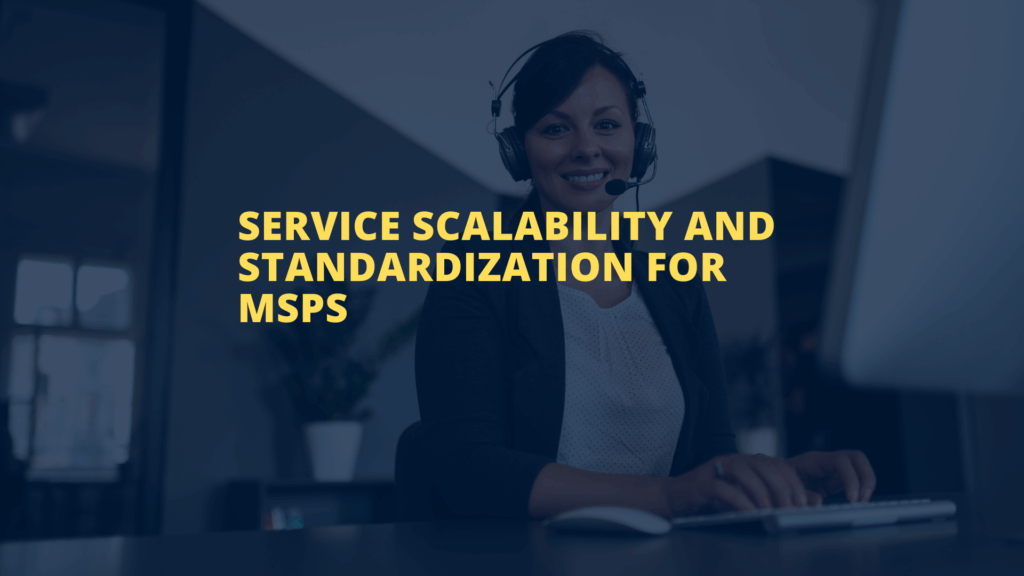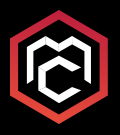Service Scalability and Standardization for MSPs
November 17, 2025

I am excited to share a practical, in-depth outline that explores how managed service providers move from reactive, bespoke delivery to repeatable, profitable operations. This piece emphasizes why scalability matters, how to design services so they are predictable and sellable, and which operational investments produce the fastest, highest-return results. The focus is on converting expertise into systems: clear service packaging, documented playbooks, automation and orchestration, disciplined measurement, and an operational model that enables predictable growth without sacrificing service quality.
Service packaging and tiering that sells and scales
- Define clear service offerings with concise, client-facing descriptions of deliverables, response times, and exclusion lists so prospects understand exactly what they are buying and sales cycles shorten.
- Price packages based on measured technician time, tool costs, and target margin rather than benchmarking against competitors to protect profitability as you scale.
- Create templated contracts, proposals, and one-page sell sheets for each offering so sales, operations, and finance are aligned and handoffs are frictionless.
- Offer standardized add-ons and uplift options for high-value services such as managed detection, cloud optimization, and advisory hours to increase average contract value while keeping the base delivery predictable.
Repeatable onboarding and lifecycle workflows
- Build a repeatable onboarding playbook that captures every step from initial discovery and access collection to baseline hardening, monitoring configuration, and training. A reliable onboarding flow materially reduces time-to-value and First Call Resolution.
- Automate provisioning where possible for user accounts, monitoring agents, and basic security baselines to remove manual errors and reduce expensive one-off engineering time.
- Standardize offboarding and change-of-scope procedures to protect data, maintain compliance, and simplify billing and contract closure.
- Pilot and iterate on the onboarding playbook with a small group of clients, collect time and satisfaction metrics, then roll the refined process out across the book of business.
Runbooks, knowledge management, and operational discipline
- Capture common incident responses and maintenance tasks as step‑by‑step runbooks with clear escalation points and decision trees so less experienced technicians can deliver consistent outcomes.
- Centralize documentation in a searchable knowledge base that integrates with the ticketing system so runbooks surface contextually at the point of need.
- Assign owners and a regular review cadence for each SOP and runbook to ensure accuracy, reduce tribal knowledge risks, and keep procedures aligned with evolving tech stacks.
- Incentivize contributions and updates from engineers by recognizing improvements in team reviews and tying documentation quality to performance metrics.
Automation and orchestration to remove manual work
- Identify the highest-frequency, lowest-risk tasks for automation first: patching, routine backups, user onboarding and offboarding, certificate renewals, and scheduled reporting. Each automation should have built-in rollback, logging, and alerting.
- Use orchestration to chain discrete automations into end-to-end workflows that remove handoffs and context switching. For example, link discovery outputs to provisioning scripts and monitoring policies so a new site goes live with minimal manual steps.
- Reduce alert noise with tuned monitoring thresholds and event enrichment so technicians only spend time on actionable issues. Automate ticket creation and triage rules to accelerate response while preserving human judgment for complex incidents.
- Treat automation as code with version control, testing, and staged rollouts so changes are auditable and safe, not brittle scripts scattered across engineers’ machines.
Measurement, capacity planning, and operational economics
- Track a focused set of outcome-oriented KPIs such as mean time to acknowledge, mean time to resolve, ticket reopen rate, technician utilization, onboarding hours per client, and gross margin by service tier so you can link operational changes to financial impact.
- Use historical ticket volumes, seasonal patterns, and utilization data to model hiring needs and capacity buffers. Predictable packaging and automation make capacity modeling far more reliable.
- Consolidate tooling where possible to reduce integration overhead and create stable automation paths between RMM, PSA, documentation, and security stacks. Fewer moving parts simplify troubleshooting and improve uptime.
- Price proactively based on capacity models and desired utilization targets rather than reacting to competition. Transparent, measured pricing reduces underbilling and preserves margins as you add clients.
Conclusion: why outsourcing accelerates scaling for MSPs Outsourcing operational delivery to a specialized partner accelerates the shift from handcrafted services to standardized, repeatable offerings. A mature NOC and Helpdesk partner brings proven runbooks, automation templates, tool integrations, and implementation experience that shortens the learning curve and lowers upfront investment. The right outsourcing relationship lets your internal team focus on strategy, client relationships, and higher-margin offerings while the partner handles day-to-day operations, oncall load, and scaling mechanics. By combining your domain expertise with outsourced operational competence, you move faster, protect margins, and unlock predictable, sustainable growth. Mission Control NOC and Helpdesk is designed to plug into MSPs at exactly this stage, operationalizing best practices so you can scale with confidence.

